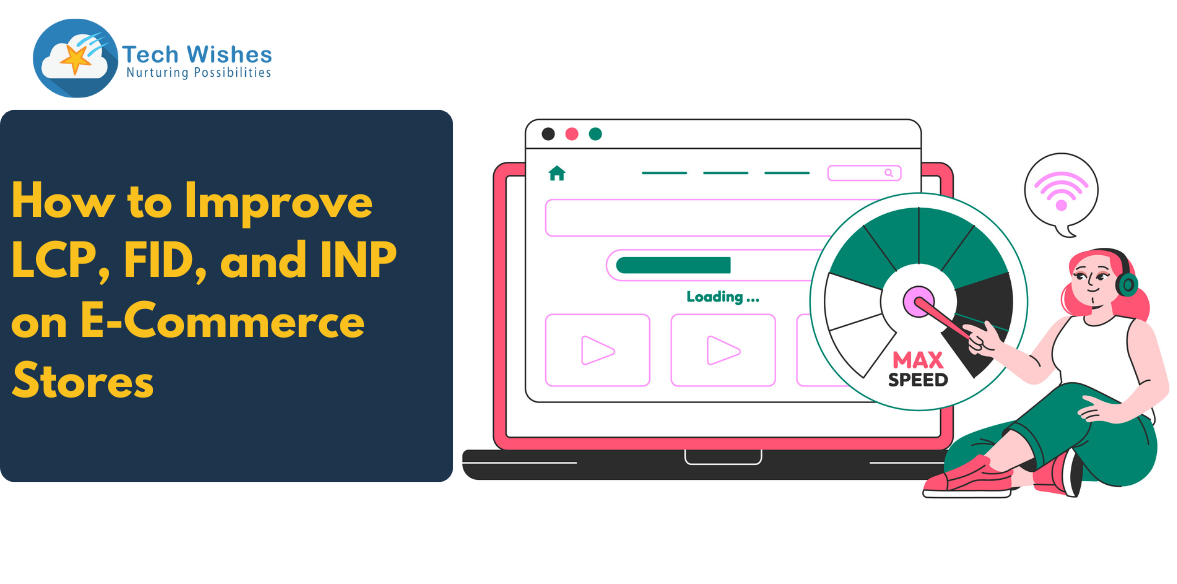The struggle between old and modern ways is inevitable in the fast-paced world of e-commerce, where innovation is the secret to success. The headless commerce offered by Shopify has ushered in a revolution and upended the established practices that have long controlled online retail. We examine the nuanced differences between the traditional approach and Shopify's headless commerce in this in-depth examination, as well as their different advantages and disadvantages and prospective effects on the development of online commerce.
Understanding Shopify Headless Commerce
Defining Headless Commerce
Headless commerce represents a paradigm shift in the e-commerce landscape. Unlike the traditional approach, where the front-end and back-end are tightly integrated, headless commerce decouples these components. This enables businesses to have greater flexibility and control over their online presence. With a headless architecture, the front-end, responsible for the user interface, and the back-end, managing the functionality and data, operate independently.
Talk to Shopify Experts to know how headless commerce functions…
Advantages of Shopify's Headless Approach
Enhanced Flexibility and Customization:
Shopify's headless commerce empowers businesses to create unique and tailored user experiences. With the freedom to design the front end using various technologies, from React to Vue.js, companies can craft interfaces that resonate with their brand identity and resonate deeply with their target audience.
Improved Performance:
The decoupled nature of headless commerce contributes to faster loading times and smoother navigation. By optimizing each component separately, businesses can provide users with a seamless and lightning-fast shopping journey, enhancing customer satisfaction and potentially reducing bounce rates.
Omnichannel Reach:
In an era where consumers engage with brands across multiple platforms, headless commerce proves advantageous. Businesses can effortlessly adapt their content for various devices and channels, ensuring a consistent and engaging experience, whether customers are shopping from a website, mobile app, or even a smart device.
The Traditional Approach to E-commerce
The Integrated E-commerce Model
Traditional e-commerce is characterized by its integrated approach, where the front-end and back-end are tightly interconnected. This model, while time-tested, has limitations in today's rapidly evolving digital landscape.
Limitations of the Traditional Approach
Limited Customization:
Traditional e-commerce platforms often come with pre-designed templates, limiting the extent to which businesses can customize their online stores. This lack of flexibility could hinder branding efforts and fail to provide a unique shopping experience.
Scalability Challenges:
As businesses grow, the integrated approach might struggle to handle increased traffic and data volume. This could lead to slower loading times, potential crashes during peak traffic, and ultimately, a poor user experience.
Omnichannel Complexity:
Adapting the integrated model for multiple channels can be complex and time-consuming. Ensuring consistency across various platforms may require extensive development efforts and delay the expansion into new channels.
The Future of E-commerce: A Convergence of Innovation
In the ever-evolving landscape of e-commerce, Shopify's headless commerce represents a remarkable advancement. However, it's important to note that the future lies in the synergy of both approaches. Businesses must leverage the strengths of each model to create a holistic and robust online presence.
Talk to Shopify Experts India for more…
Conclusion
As we stand at the crossroads of e-commerce evolution, the debate between Shopify's headless commerce and the traditional integrated approach continues. While headless commerce offers unparalleled flexibility and performance, the traditional model has its roots deeply embedded in the industry. The most successful e-commerce strategies will likely emerge from a thoughtful convergence of both paradigms, taking advantage of the customization and scalability of headless commerce while harnessing the familiarity and simplicity of the traditional approach.
Read:
Headless Commerce: Guide to Elevate Your Shopify Store
Seamless User Experiences with Shopify Headless



